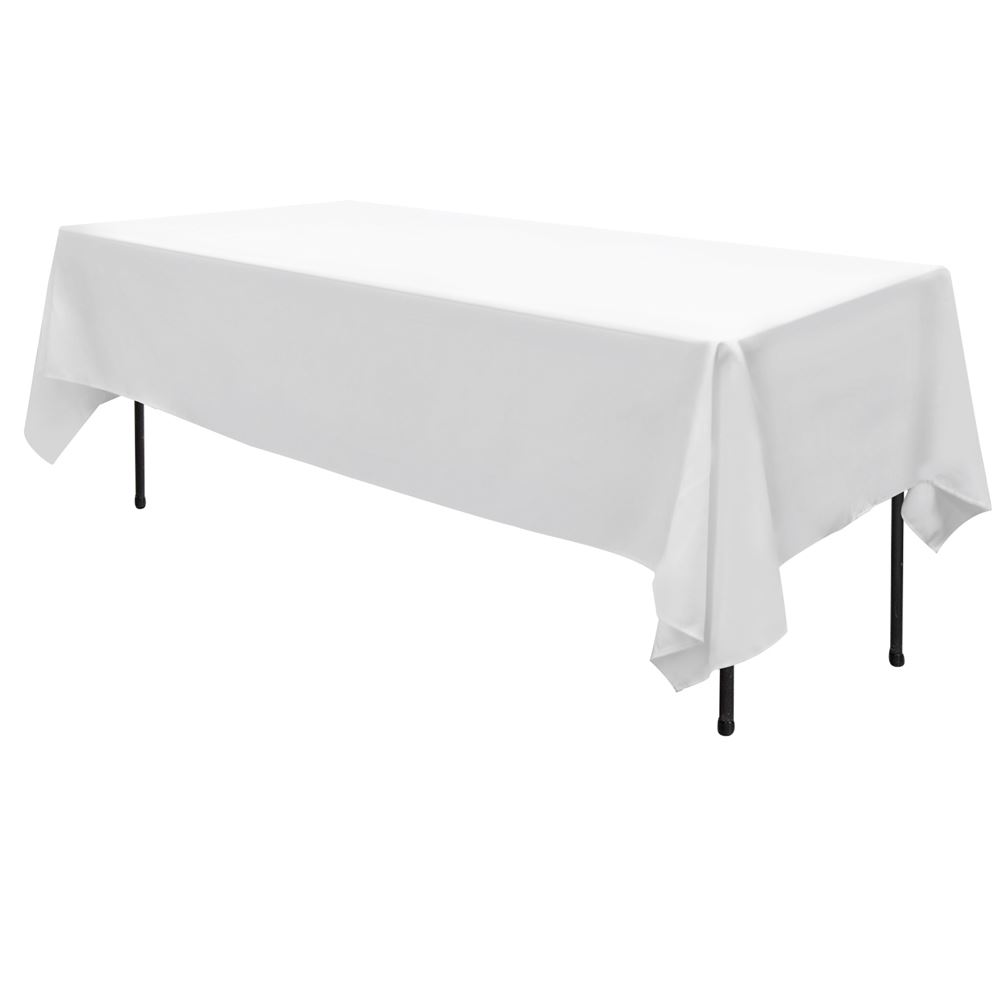Linen Material: Recognizing the Origins, Qualities, and Benefits of This Lavish Natural Material
Linen, the polished and classy material recognized for its glamorous feel and classic appeal, has a rich background that dates back centuries. Beyond its historical value, linen possesses unique features that set it apart from various other fabrics, making it a prominent option in the globe of style and indoor style.
Historic Origins of Bed Linen
Bed linen, a textile with ancient origins, has played a significant role throughout background due to its impressive homes and adaptability. Dating back to ancient civilizations, bed linen has actually been a treasured fabric for its phenomenal breathability, durability, and luxurious feeling.
In middle ages times, bed linen proceeded to be highly respected, with its manufacturing becoming a significant industry in Europe. The adaptability of bed linen made it a staple textile for garments, home things, and also sails for ships. During the Renaissance, bed linen was further raised in condition, with its use in great garments and family linens signifying wealth and social standing.
Distinct Attributes of Linen
Distinguished for its extraordinary breathability and durability, linen material boasts unique features that have made it a favored textile for centuries. One of the crucial features of bed linen is its unequaled breathability, which allows air to stream via the textile conveniently.
One more unique attribute of bed linen is its impressive strength. Despite its lightweight feeling, bed linen is just one of the toughest all-natural fibers, making it lasting and extremely resilient. Linen material likewise ends up being softer and extra comfy with each clean, boosting its allure over time. Additionally, linen has a natural appeal and a slightly irregular appearance that offers it a distinct, glamorous appearance. Its capability to resist dirt and discolorations, in addition to its hypoallergenic residential properties, better add to the attraction of bed linen as a premium material selection.
Benefits of Using Linen
With its remarkable breathability and resilience, bed linen fabric provides a multitude of benefits that make it a popular selection for various garments and household items. Furthermore, bed linen is highly absorbing, capable of taking in dampness without really feeling damp, making it suitable for summer garments.
Furthermore, linen is a sturdy fabric that becomes softer and a lot more comfy with each laundry, visit this site making certain longevity and decreasing the requirement for constant replacements. This durability likewise prolongs to its resistance to moths and carpeting beetles, making bed linen things much less prone to damage compared to various other products.
In addition, bed linen is a lasting choice, as it is made from the flax plant, which needs much less water and chemicals to expand contrasted to cotton. Its all-natural fibers are likewise eco-friendly, adding to eco-friendly methods. In verdict, the benefits of utilizing linen include convenience, sturdiness, sustainability, and resistance to pests, making it a versatile and attractive option for numerous applications.
Versatile Applications of Bed Linen

Linen curtains bring a touch of downplayed high-end to living rooms, allowing all-natural light to filter with while including appearance and depth to the space. Pillow covers, table linens, and even furniture benefit from bed linen's functional residential or commercial properties, including a touch of class and comfort to any home setting.
Sustainability in Bed Linen Manufacturing

In addition, linen's all-natural protecting residential or commercial properties can aid conserve power by keeping people cool down in warm weather condition and warm in colder environments, potentially lowering the dependence on fabricated home heating and cooling systems. Accepting linen as a sustainable option in textiles lines up with the growing international focus on environmentally aware practices in various sectors.
Final Thought
In conclusion, bed linen material has an abundant historical history, distinctive features, and countless benefits. Linen's special homes such as breathability, toughness, and moisture-wicking capacities set it apart from other textiles, making it a functional and glamorous option for clothes, home textiles, and other products.
During the Renaissance, linen was additional elevated in standing, with its usage in great garments and family bed linens signifying riches and social standing. (flat sheet)
Prominent for its exceptional breathability and sturdiness, linen material flaunts distinctive attributes that have actually made it a preferred fabric for centuries.With its phenomenal breathability and sturdiness, bed linen fabric provides a wide range of benefits that make it a preferred selection for numerous apparel and family products. Pillow covers, table linens, and even upholstery benefit from bed linen's flexible homes, including a touch of class and convenience to any home setup.
Bed linen's special homes such as breathability, sturdiness, and moisture-wicking capabilities set it apart from other textiles, making it a practical and extravagant selection for clothing, home textiles, and various other items.